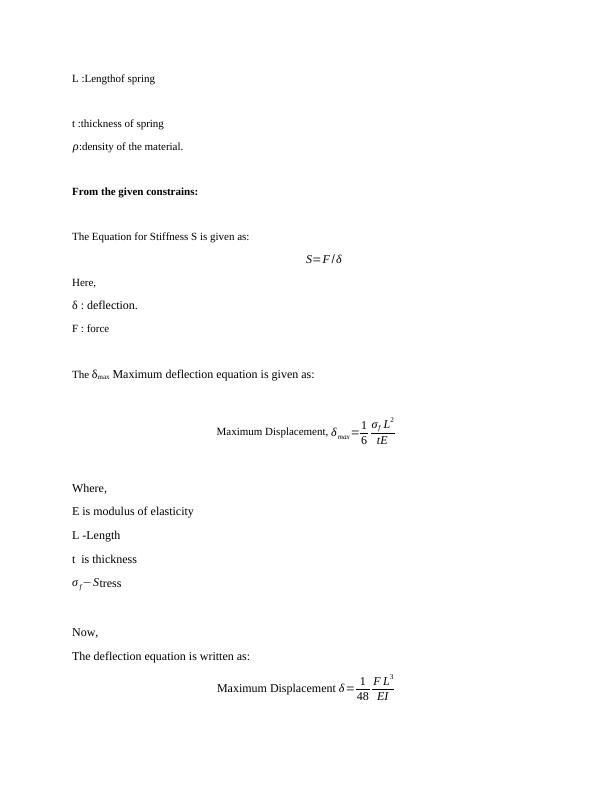Creep Mechanisms in Materials and their Control
This assignment focuses on the creep mechanism, specifically on the dependence of bulk diffusion on stress and grain size. It also explores the use of single crystal parts to prevent certain creep mechanisms and the role of alloying elements in accentuating creep mechanisms. Additionally, the assignment requires drawing a T-T-T diagram for plain carbon steel and discussing the processes of quenching and tempering, as well as the implications of hardenability and strategies to increase transformation without changing part geometry.
Added on 2023-05-28
About This Document
This text discusses the different creep mechanisms in materials such as Bulk Diffusion, Coble Creep, and their dependency on grain size. It also covers how to control creep with single crystal parts and the effect of alloying elements. Additionally, it explores the TTT diagram of plain carbon steel and the quenching process, the shape memory effect, and the impact of material hardness on machinability.
Creep Mechanisms in Materials and their Control
This assignment focuses on the creep mechanism, specifically on the dependence of bulk diffusion on stress and grain size. It also explores the use of single crystal parts to prevent certain creep mechanisms and the role of alloying elements in accentuating creep mechanisms. Additionally, the assignment requires drawing a T-T-T diagram for plain carbon steel and discussing the processes of quenching and tempering, as well as the implications of hardenability and strategies to increase transformation without changing part geometry.
Added on 2023-05-28
End of preview
Want to access all the pages? Upload your documents or become a member.




